
Review on 🕒 Adafruit Si5351A Clock Generator Breakout Board - Versatile Frequency Range from 8KHz to 160MHz [ADA2045] by Michael Bressler

Functions Tested
I wanted to use the Si5351A in a project and thought it would be worth testing its programming and capabilities with this breakout board. I connected to Raspberry Pi4 I2C. The easiest way to get the required values for each frequency is to use Silicon Labs' ClockBuilder Pro, which generates all the register settings. I manually requested 40 frequencies (from 500kHz to 20MHz in 500kHz increments) and put them into a CSV file, then wrote a program that reads the CSV file, finds and tunes to the requested frequency. Worked so well I decided to take an old Raspberry Pi2B, bought a 40 pin socket and a small plated perforated board and built a clock generator for my desktop. I can use VNC from my laptop to set the frequency I want. A NOTICE. The SiLab specification states that the frequency range is from 2.5 kHz to 200 MHz. I tested 2.5kHz and 100MHz (the limit of my digital oscilloscope).
- Single Board Computer
- Unsure
New products
Comments (0)
Top products in 🖥️. Single Board Computers
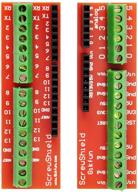
Gikfun Screw Shield Expansion Board: Enhance Arduino UNO R3 with the EK7007 Add-On

11 Review
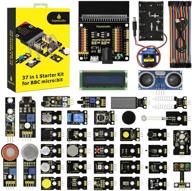
🎁 Ultimate BBC Micro bit Sensor Starter Kit: Keyestudio 37-in-1 Box with Tutorial, Compatible with V1.5 & V2, Gift for Kids and Adults (Microbit Board Not Included)

11 Review
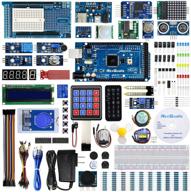
REXQualis Comprehensive Starter Kit with Arduino MEGA 2560 & Detailed Tutorial for Arduino IDE Compatibility

11 Review

55" TV LG OLED55C2RLA 2022 HDR, OLED, dark titanium

38 Review
Another interesting products
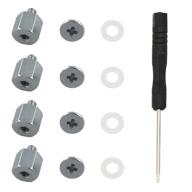
M.2 Screw Kit: Easy Mounting for NVMe SSDs on ASUS Motherboards

19 Review
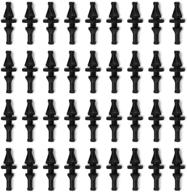
36-Pack Black Rubber PC CPU/Case Fan Screws/Rivets Set for Computer

11 Review

uxcell 3.5" HDD Screw Black 200pcs for Computer PC Case - Flat Phillips Head - 6#-32 - Hard Drive Fasteners

10 Review
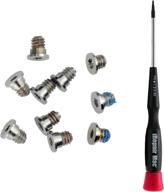
MacBook Retina 13-inch (A1425, A1502) and 🔩 15-inch (A1398) Bottom Case Screw Set with Pentalobe Screwdriver

11 Review

